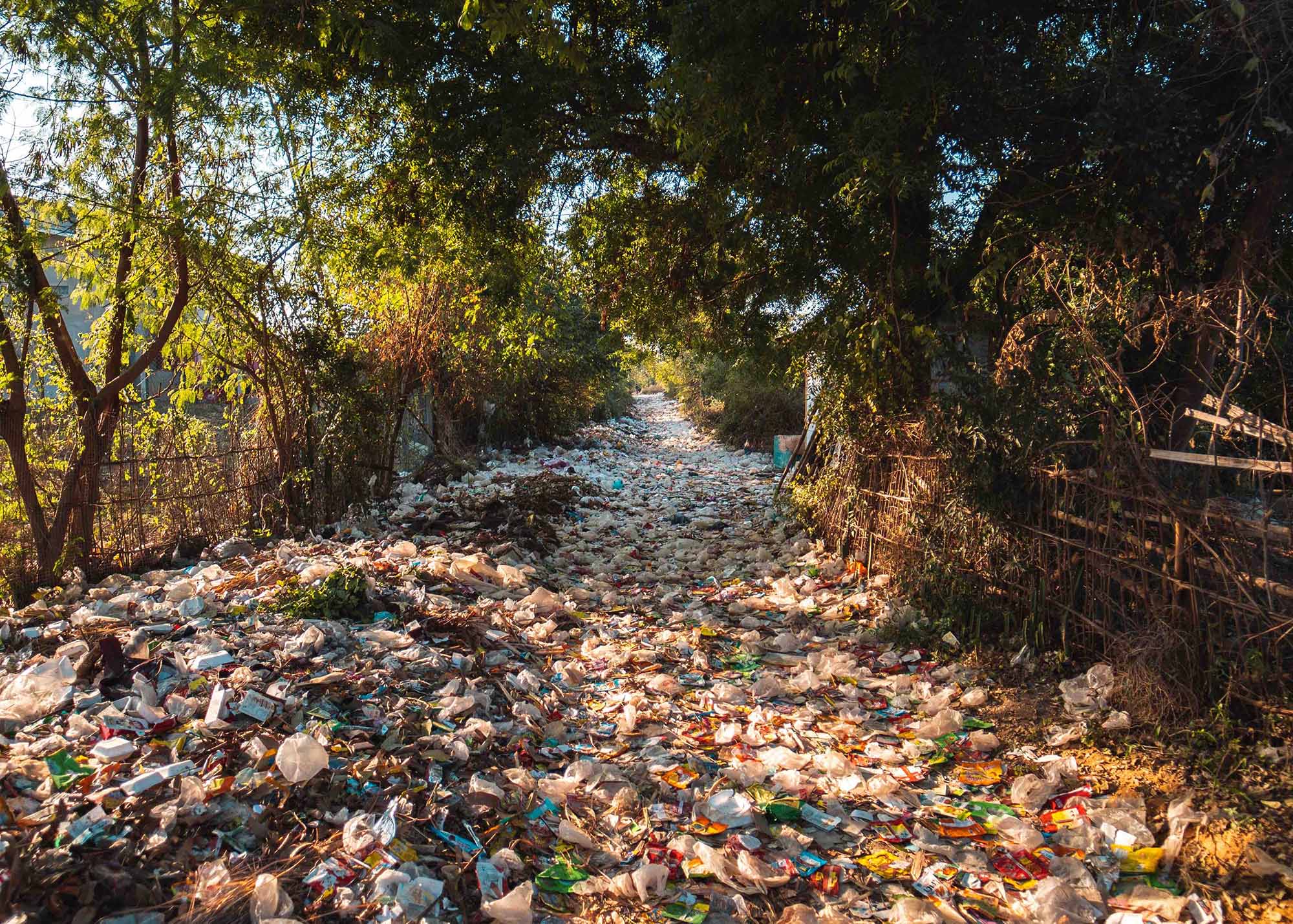In late March, the Ministry for the Environment (MfE) released its new Waste Strategy, which sets Aotearoa’s direction on waste for the next three decades. As you can imagine, the Strategy is a critically important document, but at 56 pages long it’s not particularly accessible for the average Kiwi. This blog sets out to summarise the keys points of the Strategy and what it means for businesses, individuals, and communities moving forward, as well as the opportunity for us to reframe the word ‘waste’ and our relationship with it.
Waste Strategy Vision
The vision the Strategy sets out is that by 2050, Aotearoa New Zealand is a low-emissions, low-waste society, built upon a circular economy. We cherish our inseparable connection with the natural environment, and look after the planet’s finite resources with care and responsibility.
Guiding Principles
The six guiding principles of the Strategy are:
- Take responsibility for how we make, use, manage and dispose of things
- Protect and regenerate the natural environment and its systems
- Ensure our systems for using, managing and disposing of materials are financially sustainable
- Apply the waste hierarchy preferences to how we manage materials
- Deliver equitable and inclusive outcomes
- Think across systems, places and generations
Implementation Phases
The Strategy was constructed into three phases of implementation:
- Phase 1: Embedding circular thinking into our systems – Now-2030
The first phase is ensuring New Zealand has the facilities needed for the collection and circular management of materials across the country, such as accessible recycling and composting facilities. The first phase also involves making sure emissions and other environmental impacts are reducing in line with domestic and international commitments
- Phase 2: Expanding to make circular normal – 2030-40
The second phase is about making circular activity in New Zealand widespread: activities like repairing, sharing and reusing are common practice and we keep materials in use as long as possible, minimising waste. Our emissions and other environmental continue to improve with domestic and international commitments.
- Phase 3: Helping others do the same – 2040-50
The third phase is ensuring New Zealand’s systems are as circular as possible: our consumption of virgin resources is largely from renewable sources, regeneration is the norm, and residual waste is minimal. New Zealand is contributing to regional and global networks: we are part of a regional Pacific network for circular management of materials and we actively participate in international efforts to support low-emissions, low-waste circular economies.
What happens now?
The Strategy provides high-level direction, so the next step is for government to work with local authorities, the waste management sector, and others to develop a first action and investment plan (AIP). The AIP will flesh out what’s needed to deliver on the waste strategy and sets the immediate priorities for the next five years in different geographical areas, communities, material streams and risk areas. The government will prepare a fresh AIP roughly every five years.
Although the AIP is still in development, some changes have already been set in motion by the government to support the new Waste Strategy. At the same time the new Strategy was released, so was the plan for improving household recycling and food scrap collections, which includes:
- Making materials collected from households for recycling the same across Aotearoa New Zealand from 2024 (as per the image below).
- Ensuring kerbside recycling services are provided to households in urban areas (ie, towns of 1000 people or more) by 2027.
- Making food scraps collection services available to households in all urban areas by 2030.
- As well as providing households with food scrap collections, the government is looking to get businesses ready to separate food scraps from general waste by 2030.
How does the Strategy affect you?
From February 2024, only the materials in the below image will be accepted for household recycling by councils. It is expected that commercial collections for businesses will also adhere to these standardised materials. Households can expect a food scrap collection to made available to them by 2030, if they don’t already have one, and businesses should prepare to separate their organics for collection also.
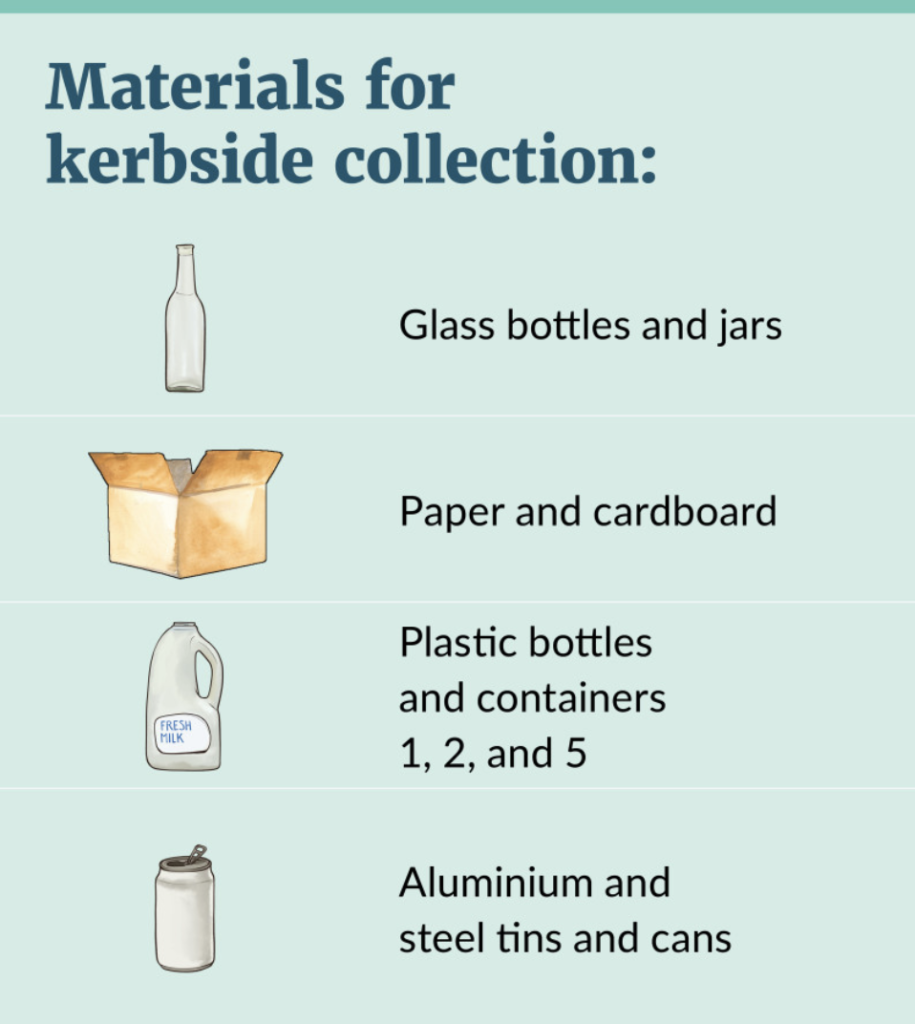
To achieve the level of transformational change that the Strategy aspires to, there is also an expectation that everyone in Aotearoa gets involved.
Businesses are required to:
- Rethink and redesign your products and packaging so that they align with national collections and standardisation
- Participate in voluntary or mandatory product stewardship schemes
- Reduce consumption and materials to landfill within your business
- Keep up to date with what your industry is doing to reduce waste and work with local community groups and non-governmental organisations to advance the Strategy’s goals
Individuals are required to:
- Reduce your consumption and avoid sending items to landfill through repair, reuse, and recycling
- Compost your food scraps and green waste at home or by using a collection service
- Shop secondhand and hire or borrow items you won’t use often
- Understand and embrace new recycling and reuse systems
Reframing the word ‘waste’
While we largely support what the new Waste Strategy is proposing, we think far more emphasis should be placed on the positive outcomes we could achieve for the health and well being of our communities and ecosystems by composting discarded food locally, rather than sending it hundreds of kilometres away to go into an anaerobic digestor, as the Auckland Council has decide to do. If you want to read more about our thinking around this read see our blog from 2019 titled ‘They’ve Got This Wrong – It’s Not Waste To Divert It’s Food For Our Soils.”
Secondly, we’re not a fan of the word ‘waste’. At Go Well, we believe that what is typically called ‘waste’ is, in reality, valuable resources that simply aren’t being effectively used or recovered. They are simply materials in the wrong place.
There is not such thing as waste in the real world. There is just a continuous cycle of molecules. Waste is a human design, that we need to design out.
Technical or inorganic ‘waste’ is a mix of precious, finite materials that should be recovered and reused wherever possible, and organic ‘waste’ is made up of nutrients that are critical to the health of our soils.
Language dictates culture. If we are to change our culture of consumption and disposal, littering and landfill, then we need to change the language we use. At Go Well, we use the words ‘materials’, ‘byproducts’ and ‘resources’ instead, which we think conveys the inherent value of the items in question and results in the businesses we work with thinking differently about what they discard and identifying opportunities to solve problems, save money, and/or generate new revenue. Bearing this in mind, we have developed a Go Well Materials Hierarchy (our version of the Zero Waste Hierarchy) and an Organics Hierarchy. These frameworks provide guidance on the order of preference for managing different materials and resources through our economy that minimises resource and energy usage and maximises the value of products and materials. We spent a lot of time designing them to reflect our vision of sustainability and circularity, so please do let us know what you think!
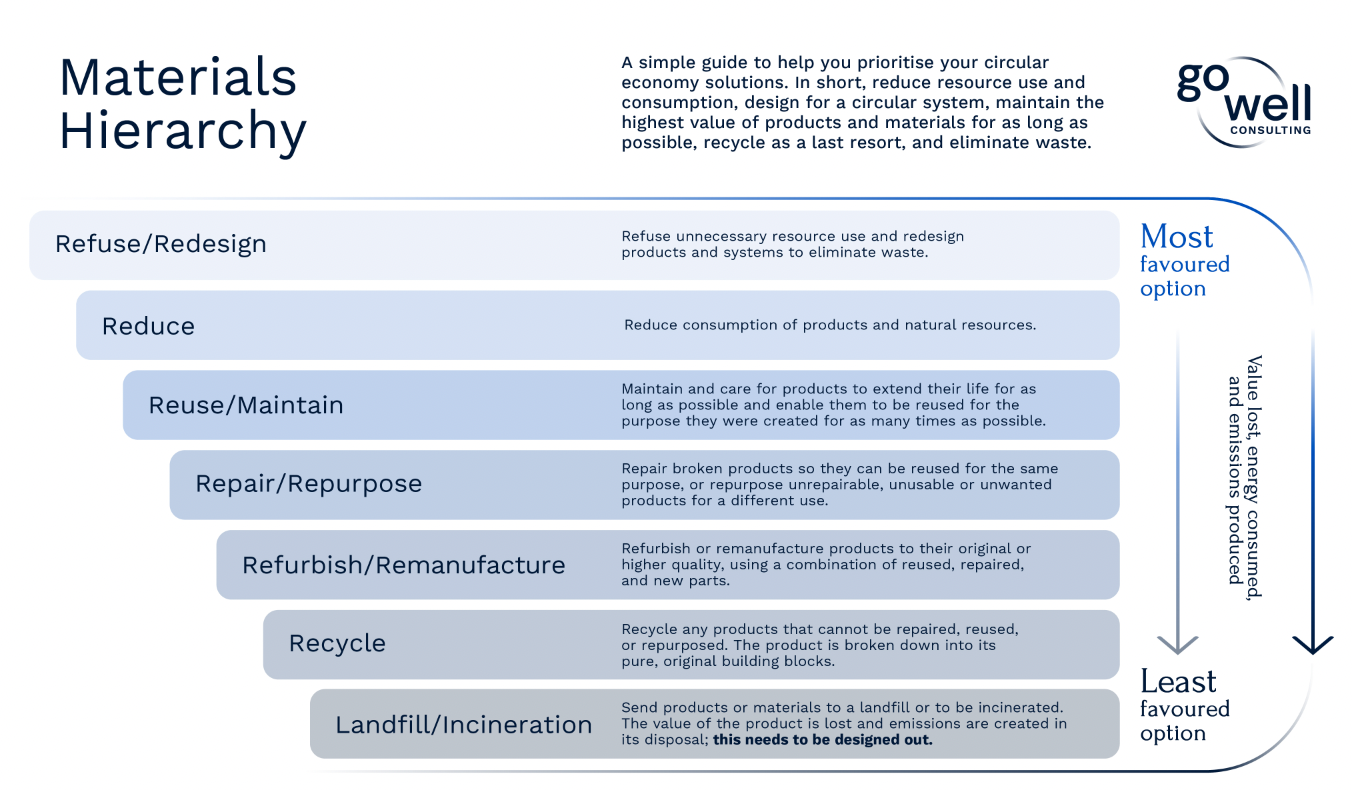
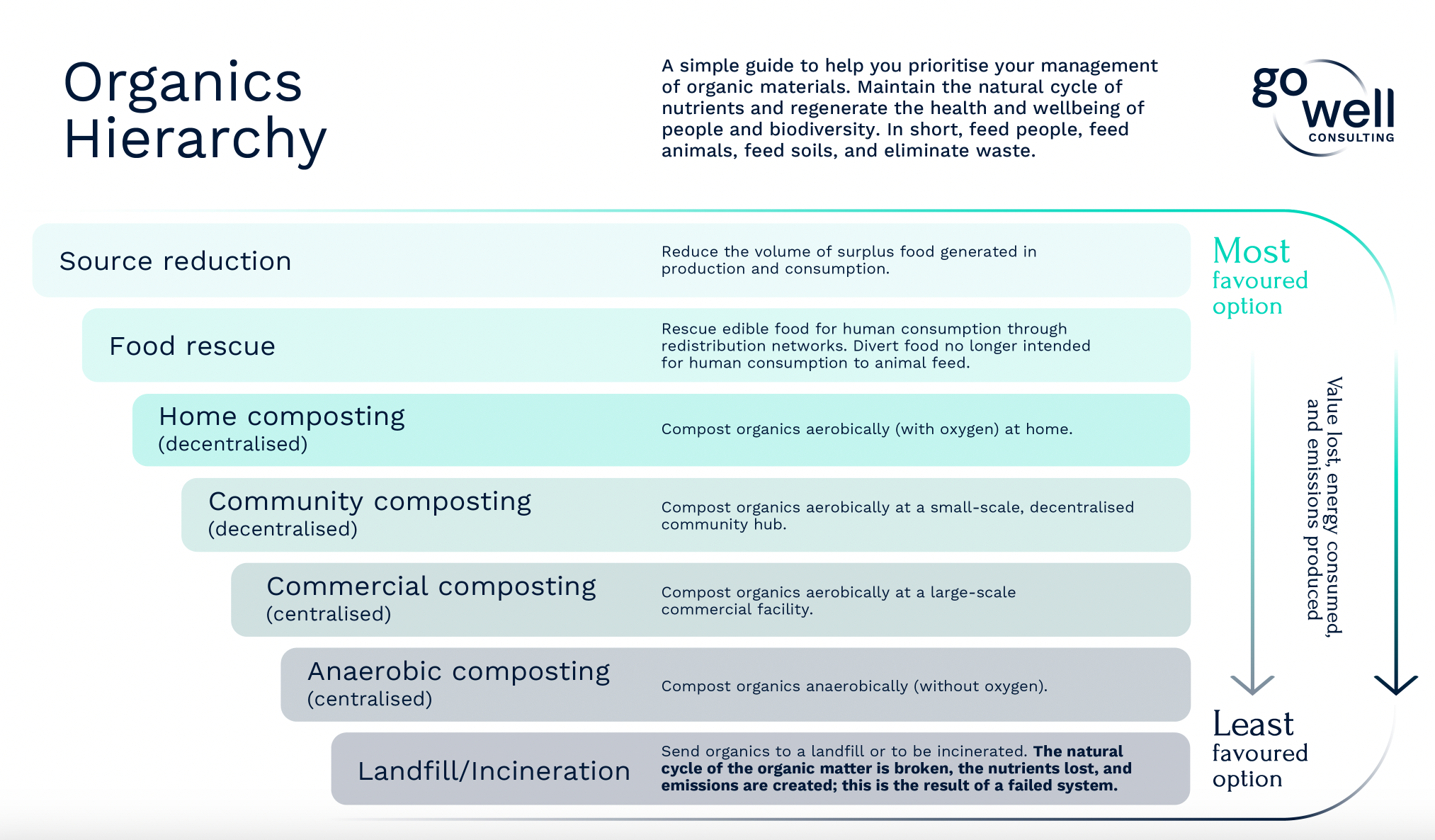
If you’re keen to know how your business can move up the Materials and Organics Hierarchies and move towards a circular business model, then get in touch! We offer bin audits, signage, packaging advice, and bespoke strategic support to help you understand your impact and make a plan to move forward confidently and competently into the circular economy.
Written by Kate Lodge, Sustainability Consultant at Go Well Consulting.
